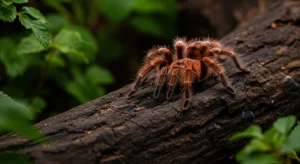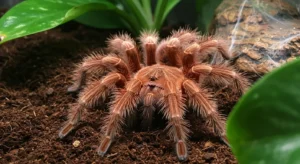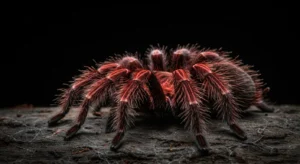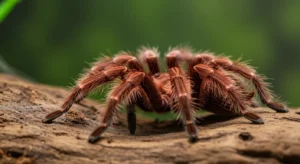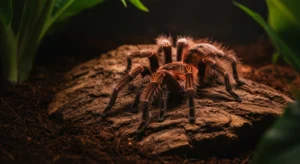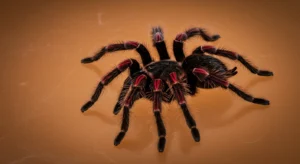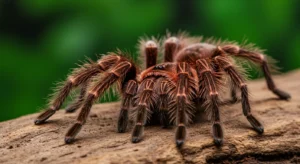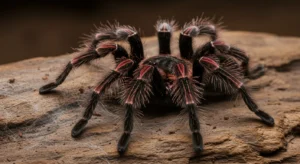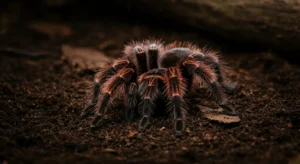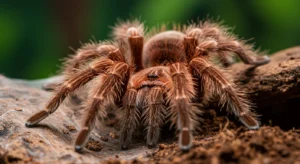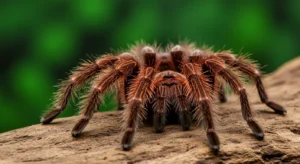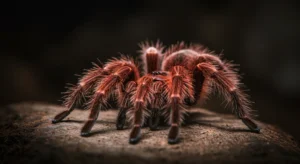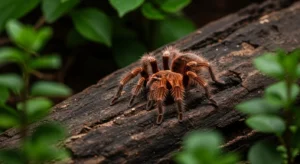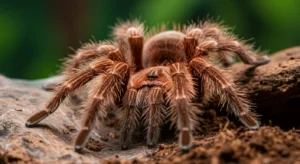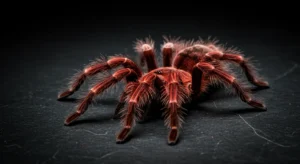Common Myths About Chilean Rose Tarantulas Debunked
Introduction: Setting the Record Straight
Tarantulas, including the popular Chilean Rose (*Grammostola rosea*), are often subjects of misinformation and fear, fueled by sensationalized media portrayals and general arachnophobia. As pets, it’s important for owners and potential owners to separate fact from fiction. Let’s debunk some common myths surrounding these fascinating creatures.
Myth 1: Chilean Roses are Aggressive
Reality: Chilean Rose tarantulas are widely considered one of the most **docile** tarantula species available in the pet trade, making them popular for beginners. While any animal can defend itself if it feels threatened, *G. rosea* is far more likely to retreat, flick urticating hairs, or display a threat posture rather than bite. True aggression is rare and usually provoked. Individual temperament can vary, but “aggressive” is not an accurate general description. Asking [are Chilean rose tarantulas aggressive](https://www.lopehare.com/tarantula-pet-care/) often leads to this clarification.
Myth 2: Tarantulas Can Jump Long Distances
Reality: Tarantulas, especially heavy-bodied terrestrial species like the Chilean Rose, **cannot jump** in the way often depicted in movies. They lack the specialized leg structure for powerful jumping. They might make a short, sudden lunge or “hop” if startled or striking at prey, but they cannot leap across rooms or onto people from afar. This myth likely stems from confusion with other arachnids like jumping spiders, which are tiny in comparison.
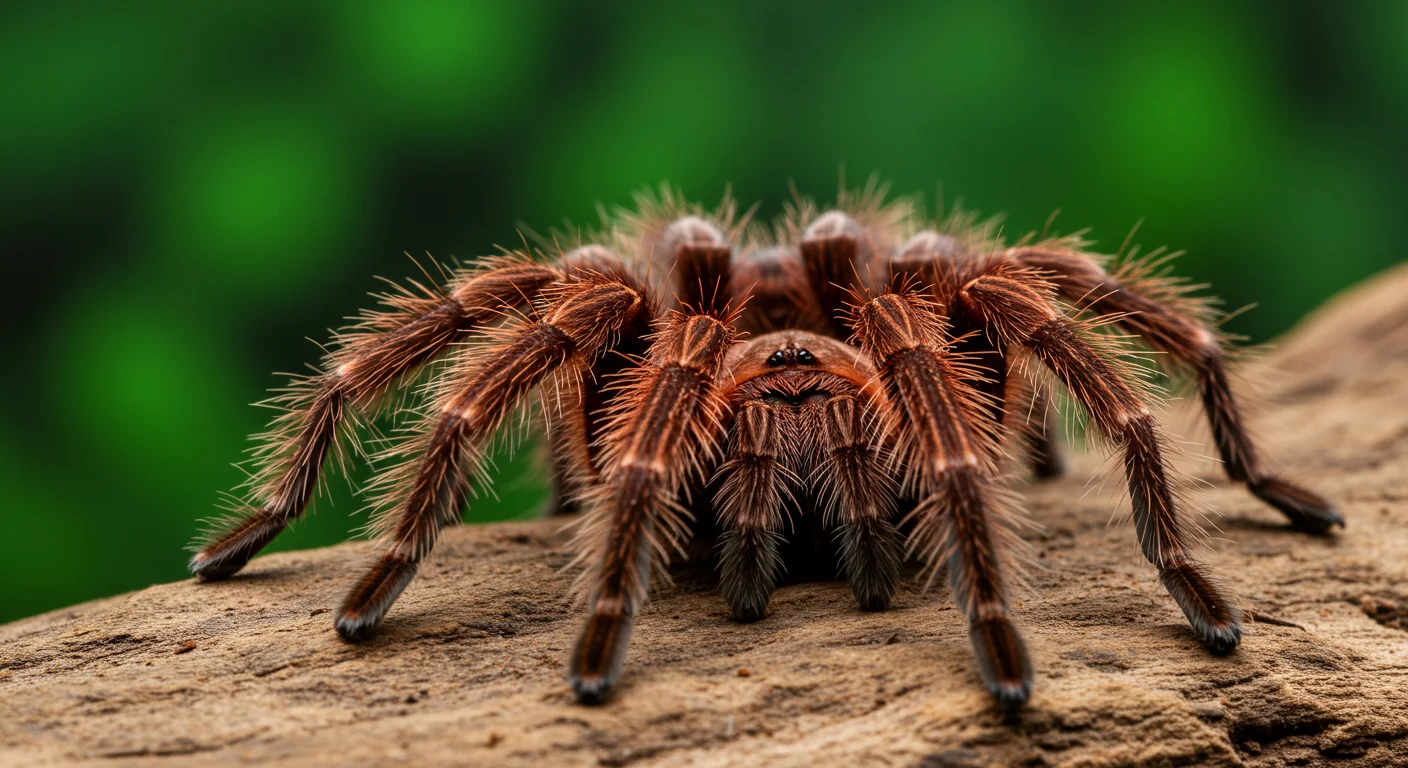
Myth 3: Tarantula Bites are Deadly to Humans
Reality: While tarantulas do possess venom to subdue prey, the venom of New World species like the Chilean Rose is generally considered **medically insignificant** to humans, barring a rare allergic reaction. A bite from a *G. rosea* is often compared to a bee or wasp sting, causing localized pain, redness, and swelling. While unpleasant and best avoided, it is extremely unlikely to be fatal or cause serious long-term harm to a healthy adult. Old World tarantula species can have more potent venom, but *G. rosea* does not fall into that category.
Urticating Hairs: The primary defense of Chilean Roses is their urticating hairs, which cause irritation, not the venom potency.
Myth 4: They Need Heat Lamps
Reality: Heat lamps are **detrimental** to Chilean Rose tarantulas. They thrive in temperatures typically found indoors (70-80°F / 21-27°C). Heat lamps produce intense, drying heat that can dangerously dehydrate the tarantula and create excessively high temperatures. If supplemental heat is needed (only if room temps consistently fall below 65-70°F), a side-mounted heat mat regulated by a thermostat is the appropriate method.
Myth 5: You Should Always Use Sponges in Water Dishes
Reality: This is outdated and harmful advice. Sponges in water dishes **do not** prevent drowning (tarantulas are unlikely to drown in a shallow dish anyway) and rapidly become breeding grounds for bacteria and mold, fouling the water. A simple, shallow, clean water dish (like a bottle cap for slings or a small ceramic saucer for adults) is the best way to provide water.
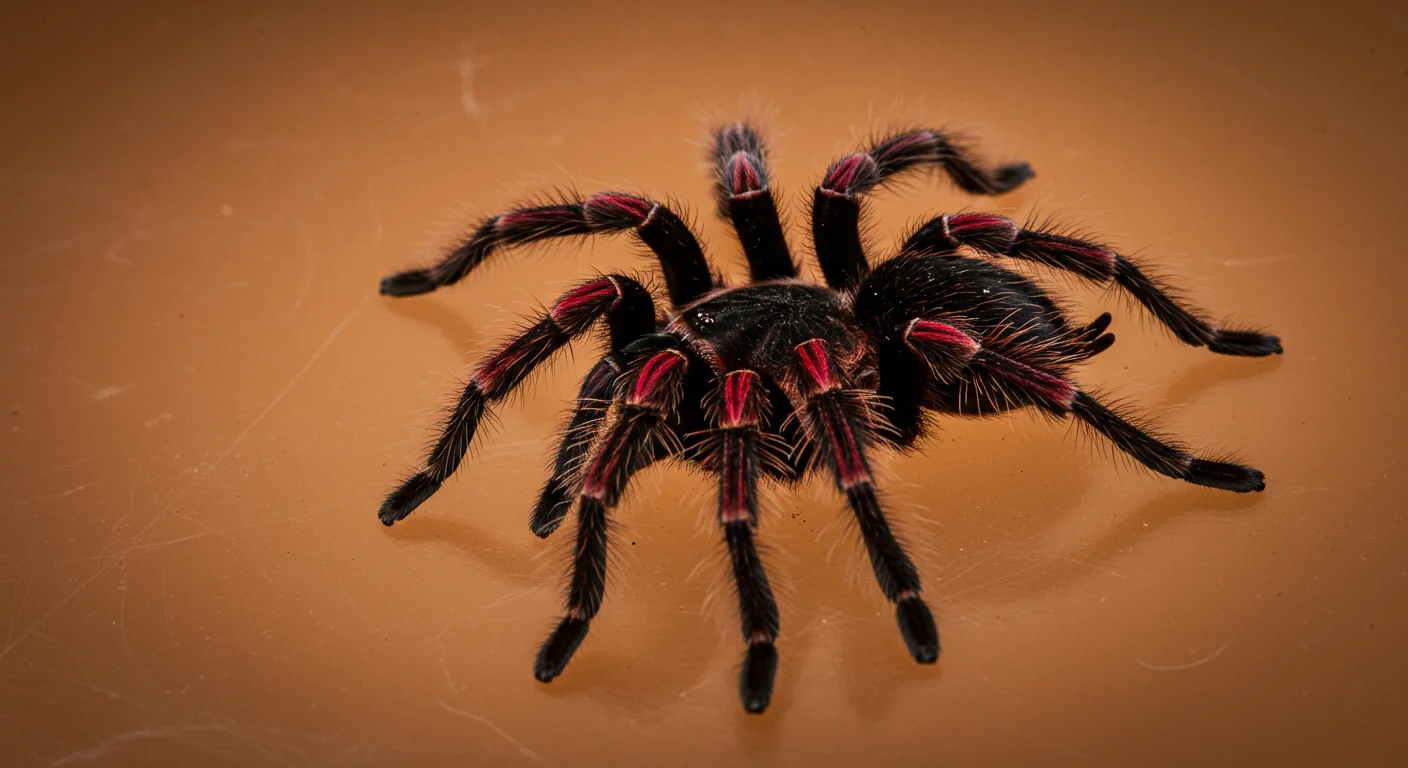
Myth 6: Tarantulas are Insects
Reality: Tarantulas are **arachnids**, not insects. Key differences include:
- Legs: Arachnids have eight legs; insects have six.
- Body Segments: Arachnids have two main body segments (cephalothorax and abdomen); insects have three (head, thorax, abdomen).
- Antennae: Arachnids lack antennae; insects usually have them.
Tarantulas belong to the order Araneae within the class Arachnida, which also includes spiders, scorpions, mites, and ticks. Insects belong to the class Insecta. This distinction is fundamental biological classification, detailed on sites like Wikipedia – Arachnida.
Conclusion
Misinformation about Chilean Rose Tarantulas and tarantulas in general is common. By understanding the reality behind these myths, keepers can provide better care and appreciate these animals for what they are: generally docile, non-jumping arachnids with mild venom, specific environmental needs (no heat lamps!), and unique biology. Dispelling myths helps foster respect and responsible ownership for these often-misunderstood creatures.
Information based on common knowledge in the tarantula keeping hobby and basic arachnid biology.
